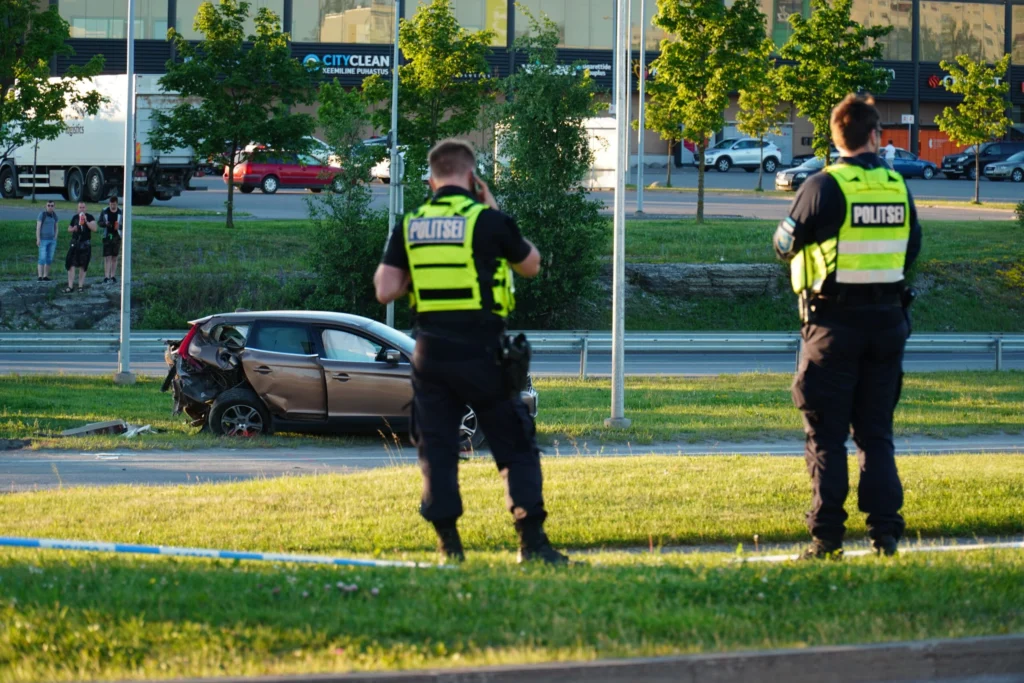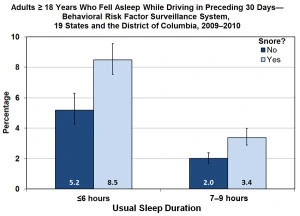
Story at-a-glance
- Medical residents are routinely placed at risk for drowsy driving crashes due to extreme shift lengths and sleep deprivation.
- Studies show drowsy driving can be as dangerous as drunk driving, doubling the risk of crashes after extended shifts.
- Real-life incidents reveal serious consequences, including personal injury, permanent disability, and legal action.
- Shift workers, especially residents, are among the highest-risk groups for falling asleep behind the wheel.
- Despite awareness and lawsuits, systemic change is slow, making it critical for residents to recognize warning signs and take preventive steps.
Consider this:
- A pregnant resident and member of The Committee of Interns and Residents (CIR/SEIU), a multi-state union, tells a story of working a long shift in the intensive care unit at a hospital. One day, after clocking in at 7:15 am, she worked for 30 straight hours because there were a lot of sick people who needed care throughout the night and she was expected to provide it. Leaving at 1:00 pm the next day, the resident fell asleep while about to make a right turn. She veered off to the left onto the median strip. While barely missing a tree, she hit a pole which flew up and over the windshield. She and her unborn child were not hurt and she considered herself extremely fortunate.
- After completing a 36-hour shift at a large academic medical center in Chicago, a first-year internal medicine resident left to go home. En route, she fell asleep at the wheel and hit a car driven by a 23-year old woman. The woman became permanently disabled from the head injury she sustained from the collision.
- A 2005 study published in the New England Journal of Medicine: …found that the odds that interns will have a documented motor vehicle crash on the commute after an extended work shift were more than double the odds after a non-extended shift.
Statistics on Drowsy Driving
Studies by the National Highway Traffic Safety Administration (NHTSA) underscore the dangers of sleep deprived driving. In fact, it’s estimated that 100,000 police reported crashes each year occur because of driver fatigue. These collisions account for more than 1,500 deaths and at least 71,000 injuries as well as billions of productivity and property losses.
Those most likely to fall asleep at the wheel include:
- Shift workers (long and/or night shift)
- Commercial drivers
- Drivers with sleep disorders, like sleep apnea, that are not being treated
- Drivers who are not getting enough sleep
To the last point, studies indicate that individuals who sleep less than six hours per day or who snored are most likely to fall asleep while driving. The graph below from the Center for Disease Control (CDC) shows the lower the amount of sleep hours, the greater the possibility of falling asleep while driving.

10 Facts About Drowsy Driving
The National Sleep Foundation published the results of a 2005 “Sleep in America” poll. The study indicated that about 60% of drivers—or about 168 million people—had driven a vehicle while being drowsy and 37% stated they actually fell asleep at the wheel!
Below are 10 facts about drowsy driving (from drowsydriving.org):
- 71 percent of Americans drive a car to and from work.
- Those between the age of 18 and 29 are more likely to drive while drowsy.
- Men are more likely to drive while drowsy (56% versus 45% of women).
- Men are more susceptible to falling asleep while driving (22% to 21% of women).
- The less people sleep normally, the greater the risk of sleeping while driving.
- An Australian study concluded that being awake for 18 hours produced an impairment equal to a BAC (blood alcohol concentration) of .05 and .10 after 24 hours without sleep!
- People tend to fall asleep while driving on high-speed, boring, long rural highways.
- Most near-misses or actual crashes occur between 4:00 and 6:00 am; midnight and 2:00 am; 2:00 and 4:00 pm.
- Many drowsy driving accidents have resulted in jail sentences for the drivers.
- Families of crash victims have been awarded multi-millions in settlements from lawsuits filed against individuals and businesses.
Warning Signs of Drowsy Driving
The warning signs of drowsy driving include:
- Missing a turn-off
- Drifting away from the driving lane
- Hitting a highway pavement rumble strip
- Being unable to remember the last few miles driven
- Blinking or yawning frequently
Medical Residents and Drowsy Driving
It is a well-known fact that many medical residents are required to work lengthy and rigorous shifts. According to the Accreditation Council for Graduate Medical Education, 24 hour shifts are allowed plus an additional 6 hours to finish work. While it is stated that … this danger should not be an accepted and routine part of residency training…, the reality is residents are scheduled according to their training program and are expected by the hospital to work those hours.
This puts them squarely in the high risk category. (One report from the mid-nineties on this topic even labeled residents as misguided missiles.)
In addition, working in a medical facility which involves taking care of sick people, making stressful decisions, as well as moving constantly tires the healthcare worker out. It can result in dangerous commutes home for them and other drivers on the road.
Despite lawsuits and recommendations from studies, this situation for residents is not likely to end soon. Unfortunately, drowsy driving is a hazard residents need to be aware of so they can take steps to minimize their risk.
Ready to protect your future?
Get a personalized side-by-side policy comparison of the leading disability insurance companies from an independent insurance broker.




